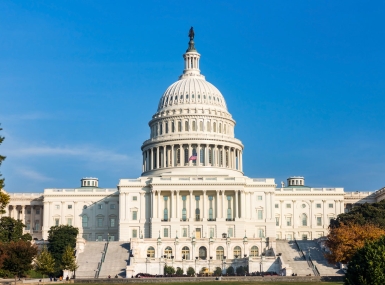NACo Analysis: Senate Drinking Water and Wastewater Infrastructure Act

Upcoming Events
Related News
On March 24, 2021, the U.S. Senate Committee on Environment and Public Works unanimously advanced S. 914, the Drinking Water and Wastewater Infrastructure Act of 2021 (DWWIA). DWWIA currently has twelve bipartisan cosponsors and includes $35 billion in funding for water development projects across the country with a focus on upgrading aging infrastructure, addressing the threat of climate change, investing in new technologies, and aiding marginalized communities. The programs in the bill are authorized at the U.S. Environmental Protection Agency (EPA).
On March 23, 2021, NACo sent a joint letter with the National League of Cities and the U.S. Conference of Mayors supporting this legislation.
With broad bipartisan support, we expect this bill to pass the Senate this year. With President Biden’s recent announcement of his American Jobs Plan, we expect Congress to use DWWIA as a framework for the water infrastructure title of the bill that Congress uses to try and pass the American Jobs Plan. The House introduced similar legislation to address our nation’s water infrastructure needs.
This analysis highlights key provisions for county governments.
Resource
Legislative Analysis for Counties: The Inflation Reduction Act

Related News

U.S. House of Representatives passes SPEED Act and other permitting reform bills
On December 18, the U.S. House of Representatives passed the SPEED Act (H.R. 4776). The SPEED Act would strengthen county involvement in decision-making and make needed commonsense reforms to the federal environmental review process.

Counties and Railroads: Shared Priorities for the Next Surface Transportation Bill
County leaders from across the country have a vital opportunity to ensure their infrastructure priorities are front and center.

House lawmakers introduce bipartisan legislation to support World Cup local transportation needs
On December 2, U.S. Reps. Rick Larsen (D-Wash.-02) and Burgess Owens (R-Utah-04) introduced the Transportation Assistance for Olympic and World Cup Cities Act (H.R.6348), a bipartisan effort to strengthen local transportation systems in communities preparing to host major international sporting events